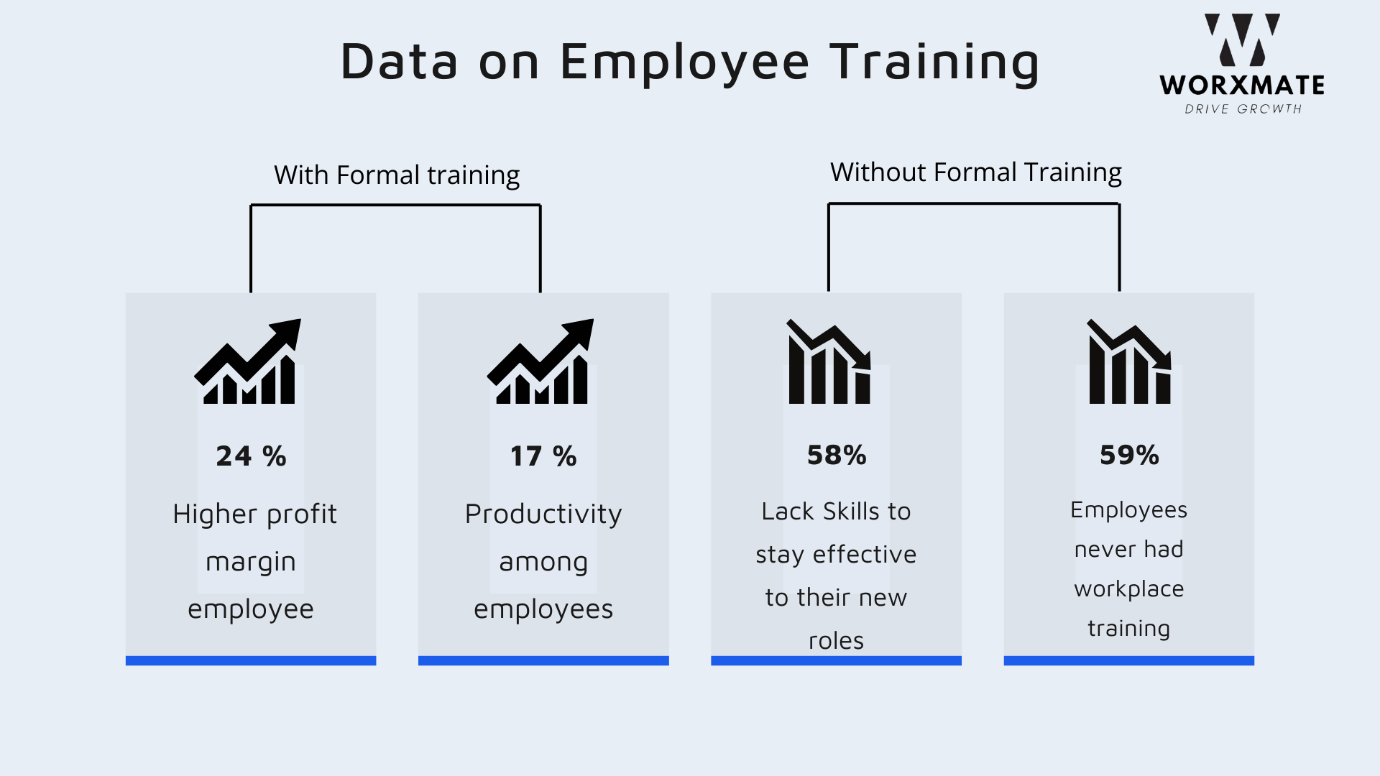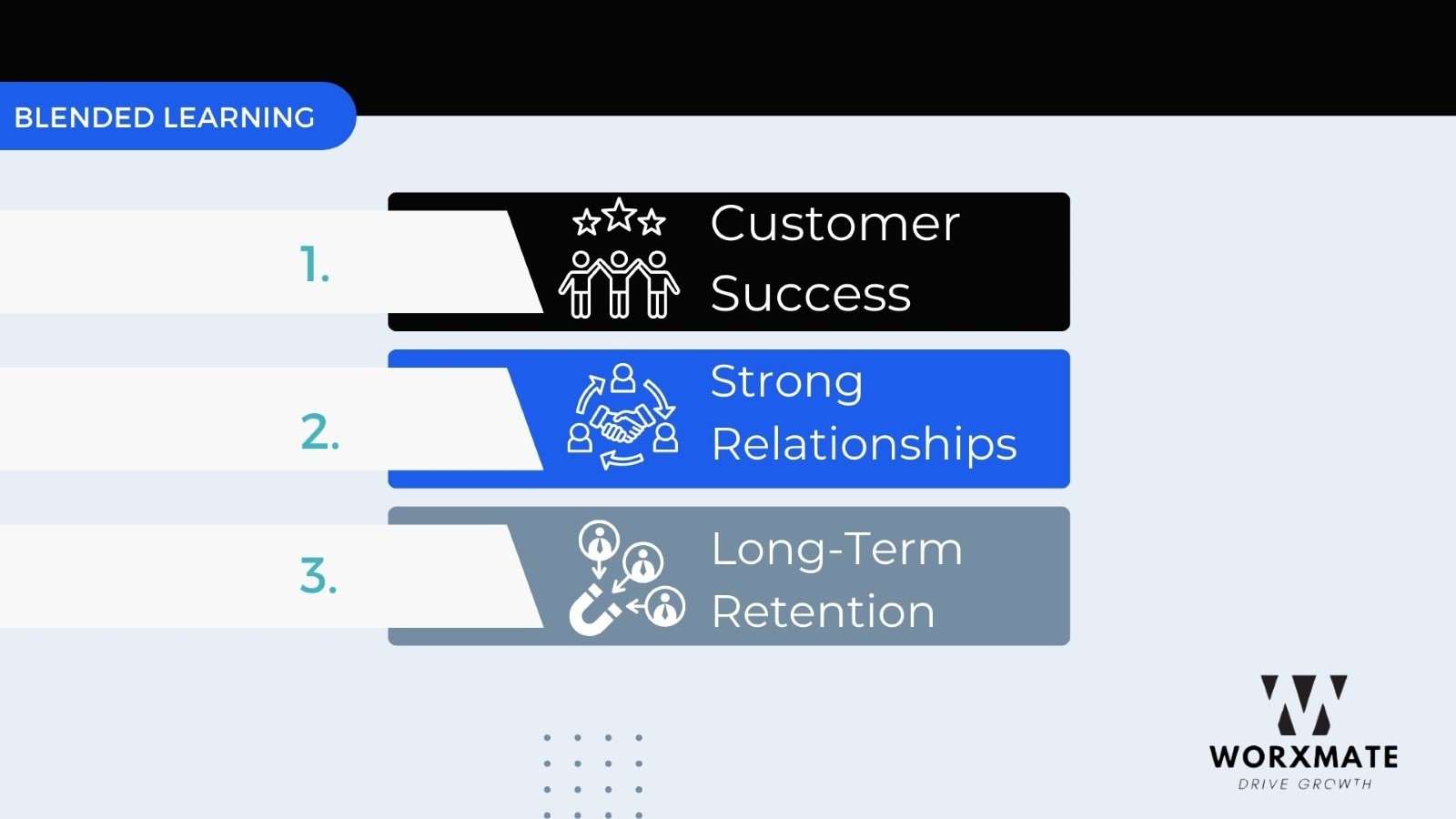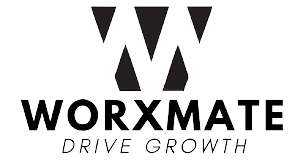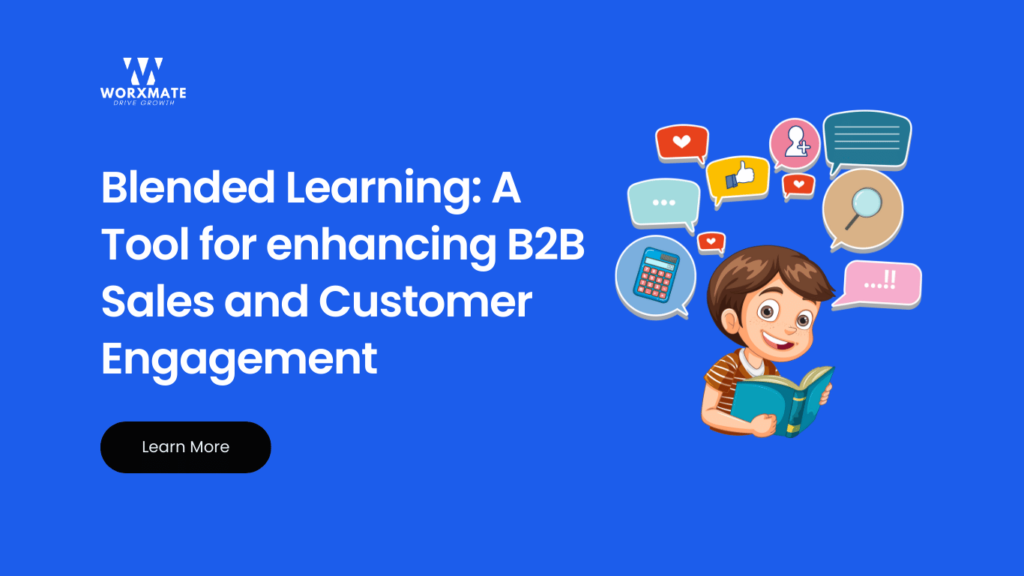Studies show that companies that offers a comprehensive training programs, have about 218% higher income per employee and 24% higher profit margin than companies without formalized training.
Not only that, but companies are also 17% more productive when employees get the training they need.
But today at least 58% of today’s workforce needs new skills to stay effective in their roles, but employees often struggle to keep up with the challenge due to the ineffective traditional training methods as they often fall short in delivering. Being outdated rigid and impersonal traditional learning methods create certain knowledge gaps. No wonder 59% of employees report they’ve never had workplace training.
As a result, these gaps lead to issues affecting not just internal productivity but also weaken customer relationships and brand loyalty, especially in B2B environments where sales cycles are complex, and customer relationships is of utmost importance that requires transformative solution as well as continuous update of skills among workforce and employees involved, leading to the adoption of a comprehensive solution for surviving and achieving company goals.

But what’s the solution that will help us in persuasion of our goals as well as make us cope up with modern problems?
Here Blended Learning poses as a solution as it brings a modern solution with being different than traditional learning methods, contributing towards transforming the way B2B sales teams operate, by providing continuous learning opportunities that are necessary to enhance crucial skills, that includes negotiations, consultative selling, communication etc.
This kind of a flexible approach helps sales teams remain in touch with current industry and market trends with respect to product offerings, challenges, competition and changing customer needs. So, moving forward let take a look at all the benefits of Blended Learning with respect to our context?
» Blended Learning: A pioneer for customer engagement.
Blended Learning being not only beneficial for internal teams but it also positively impacts customers by offering them personalized and scalable and continuous learning experiences such as self-paced eLearning, live webinars, tutorials, etc. With these B2B companies can help customers gain a deeper understanding of product functionality as this approach demonstrates a commitment towards customer success, fostering stronger relationships and supporting long-term retention.

Furthermore, it benefits companies not only with respect to customer engagement, but also,
» For Improving The B2B Sales Process:
Blended Learning also offers a robust approach to upskill sales teams, equipping them with the knowledge and skills required to engage customers more effectively. By incorporating various learning modalities, such as virtual simulations, eLearning modules, and in-person workshops. It creates continuous development opportunities that build confidence and competence in consultative selling, product knowledge, and customer communication.
This structured yet flexible format allows sales teams to stay informed about industry trends and customer needs, empowering them to have meaningful and impactful interactions with clients.
Customer education through Blended Learning also plays a pivotal role in building trust, enhancing loyalty, and promoting product adoption. By providing customers with access to personalized and scalable learning experiences, such as self-paced eLearning, live webinars, and tutorial videos as discussed above.

B2B companies can deepen customers’ understanding of product functionalities and best practices. This tailored learning approach supports clients in their journey to success, demonstrating a commitment to their needs and fostering stronger, long-term relationships, which makes it necessary for immediate application of blended learning by the companies.
Leading us towards the most important part we should understand that is,
» Its Implementation: A Practical Guide
Here, you will learn how to gain buy-in and aligning teams for a successful Blended Learning strategy and discover how to measure success through OKRs, ensuring your learning initiatives drive real value and align with business goals.
Getting buy-in and aligning teams
Implementing a Blended Learning strategy successfully requires a strong support from leadership and alignment among the key stakeholders.
To gain buy-in, its important to communicate the clear benefits of Blended Learning, such as improved sales effectiveness, stronger customer relationships, and increased adaptability to changing market demands.
Involving leaders early in the planning process and demonstrating how Blended Learning aligns with broader business goals can foster enthusiasm and support. Additionally, ensuring that all relevant teams are aligned on the goals of the Blended Learning program will help create a unifies, collaborative approach that maximizes impact.
Aligning with OKRs: Measuring of Success
Tracking the effectiveness of Blended Learning initiatives through OKRs (Objectives and Key Results) ensures that the program aligns with business goals and delivers measurable value and soars the success rate of the program.
Setting specific OKRs allows companies to monitor progress and quantify outcomes. Sample OKRs might include goals for reducing onboarding time, improving customer satisfaction scores, or increasing product knowledge scores within the sales team. By defining and regularly reviewing these key metrics, companies can continuously refine their Blended Learning strategy, ensuring it remains relevant and impactful in driving both sales team performance and customer engagement. Which would be better if we could understand with some examples:
OKR Examples:
Objective: Boost B2B Sales Revenue by Empowering Sales Teams with Product Knowledge and Upselling Skills.
Key Results:
- Train 100% of sales representatives on advanced product features within 30 days to improve product confidence and upselling opportunities.
- Achieve a 20% increase in average deal size by using a data-driven approach to target upsell opportunities during Q1.
- Increase proposal-to-close rate by 15% by integrating real-time feedback from customer interactions into ongoing training.
Objective: Increase Customer Engagement by Providing Ongoing Value Through Blended Learning Experiences
Key Results:
- Launch interactive, customer-focused learning sessions every quarter, achieving a 40% attendance rate among top-tier B2B clients.
- Increase engagement in post-learning surveys by 20% to capture actionable feedback for improving future sessions.
- Drive a 30% rise in monthly active users of educational content by offering gamified incentives for content completion.
» Read More: OKR Examples for Sales Heads to Boost Revenue and Team Performance
Final Note:
Incorporating Blended learning into B2B sales and Customer Engagement strategies can be a powerful approach towards sustained growth, customer loyalty, and a lasting success.
By providing continuous impactful learning experiences alongside clear objectives and measurable outcomes, companies can empower their sales team to navigate complex customer relationships with confidence and deliver some exceptional services.
Blended Learning not only enhances the immediate effectiveness of sales teams but also strengthens customer engagement by offering educational resources that build trust and deepen product expertise.
And when integrated with OKRs, it ensures that training is aligned with long term business objectives and contribute towards brand loyalty, customer retention, and competitive growth.
So, are you ready to elevate your sales team skills and customer engagement? Then, Book a Call with Worxmate’s OKR Solution and embark into a journey to know how integrating blended learning with OKRs can accelerate your teams performance and support a sustained success.



